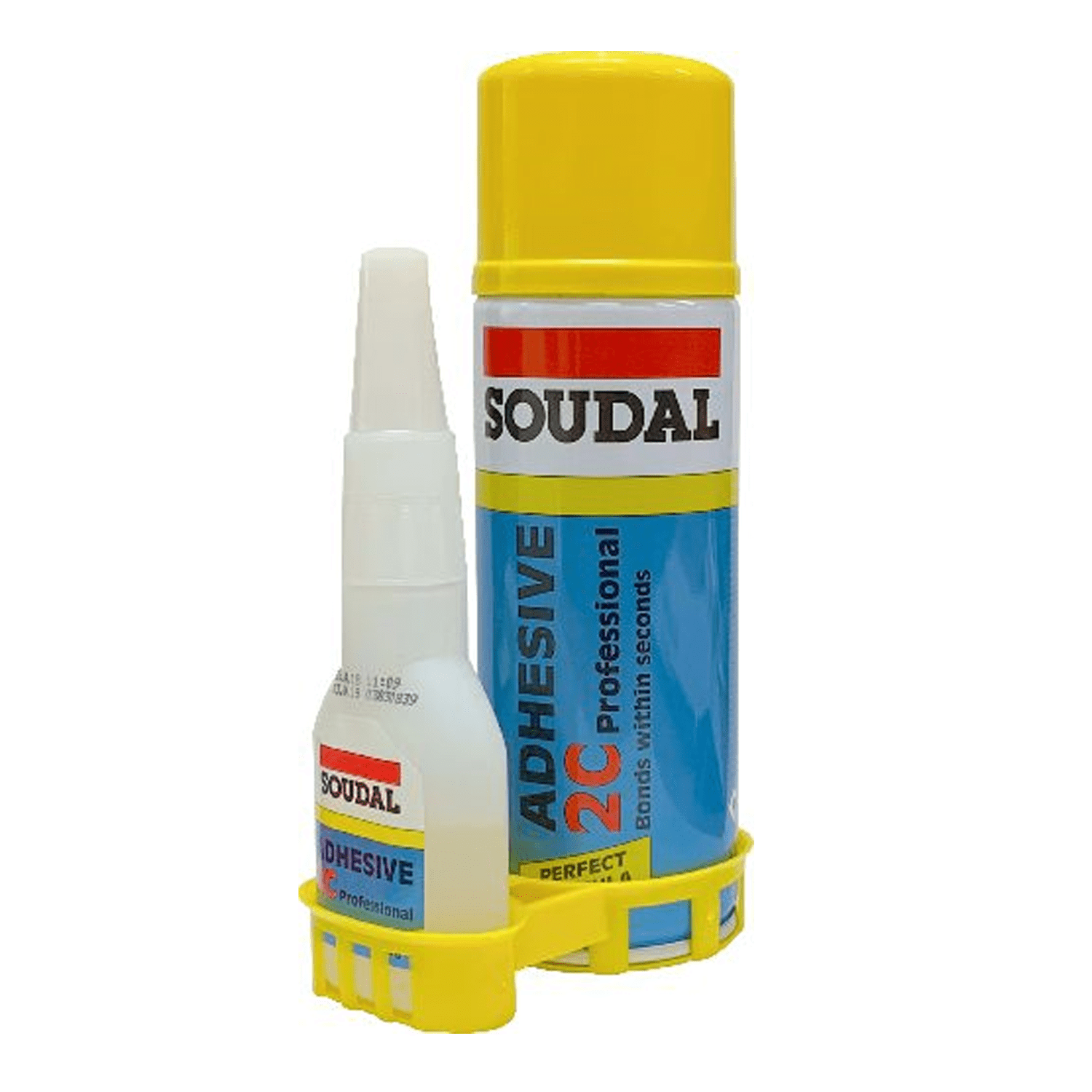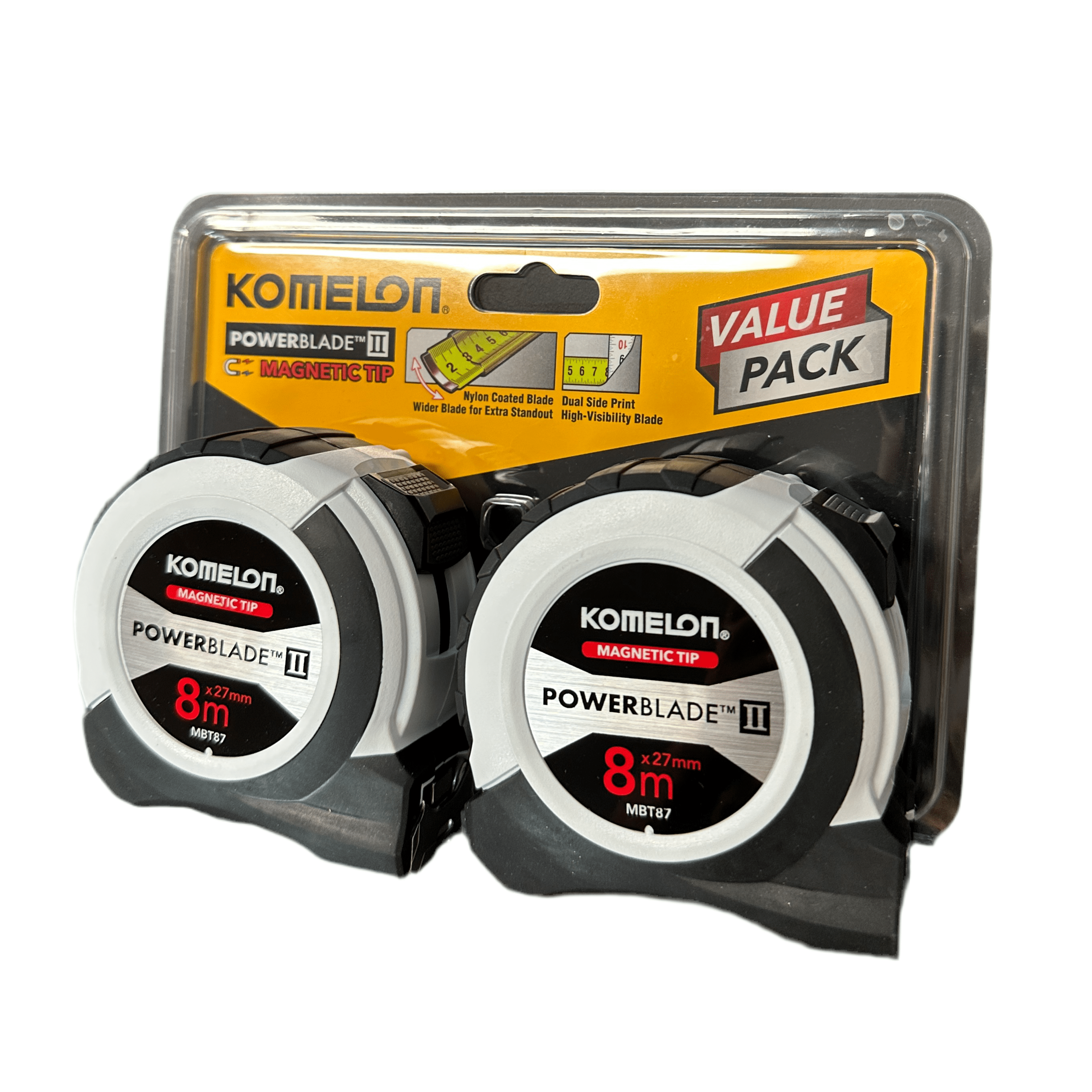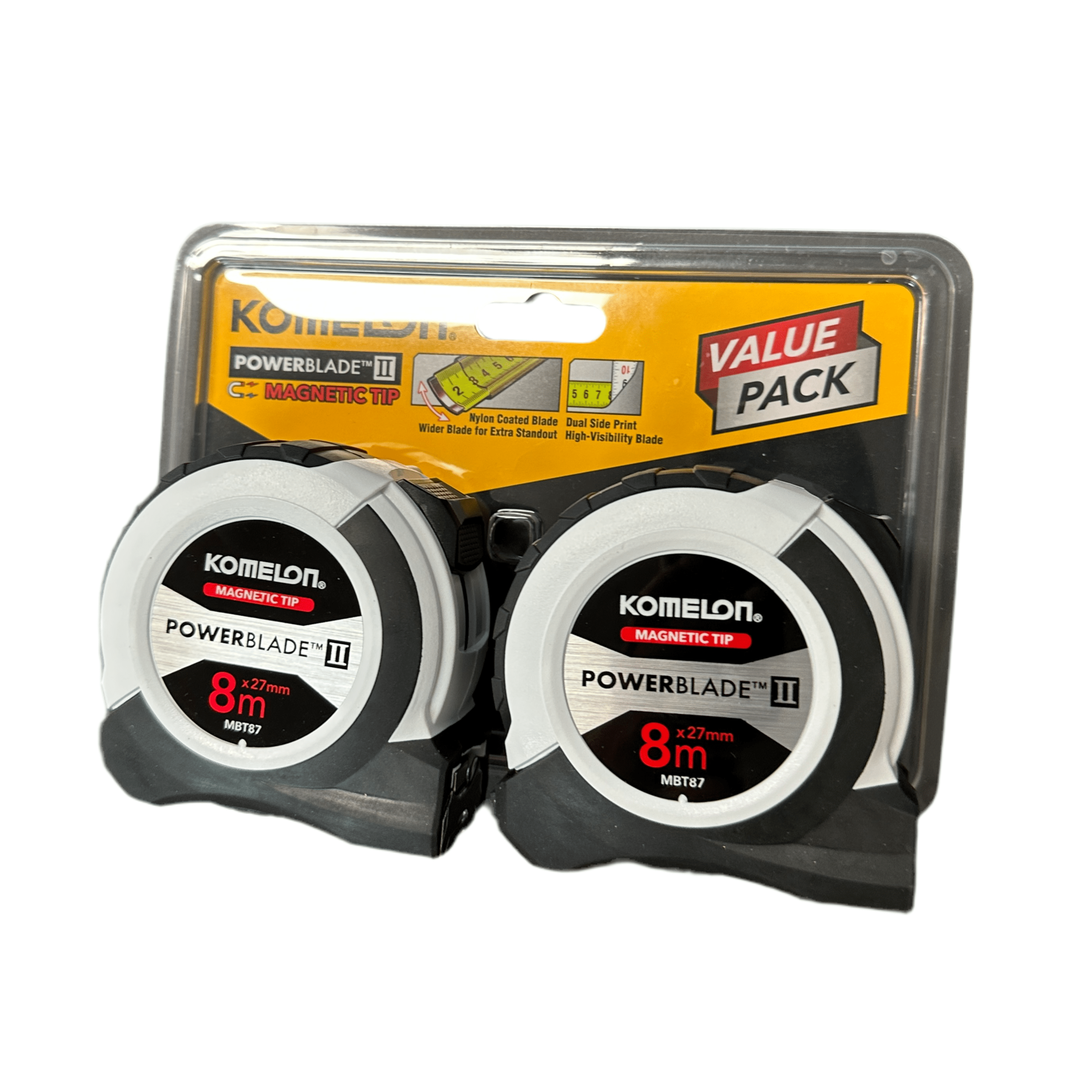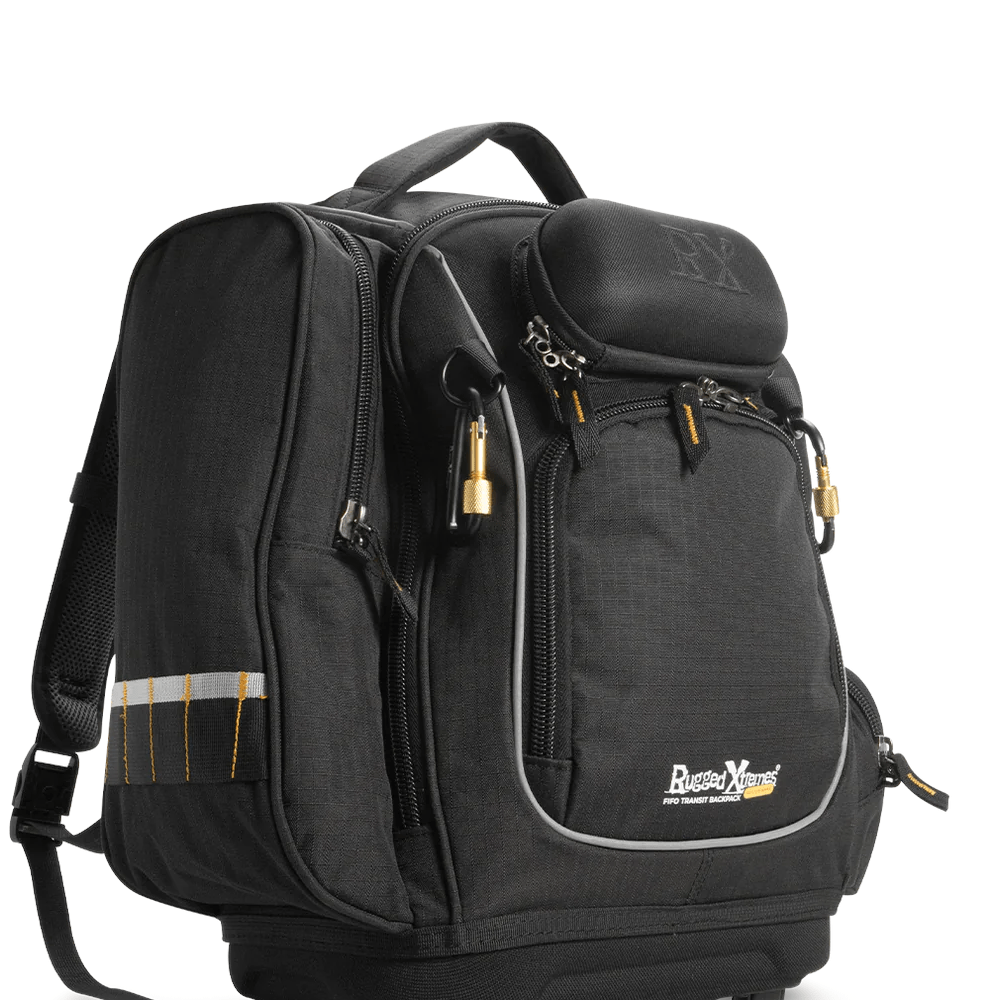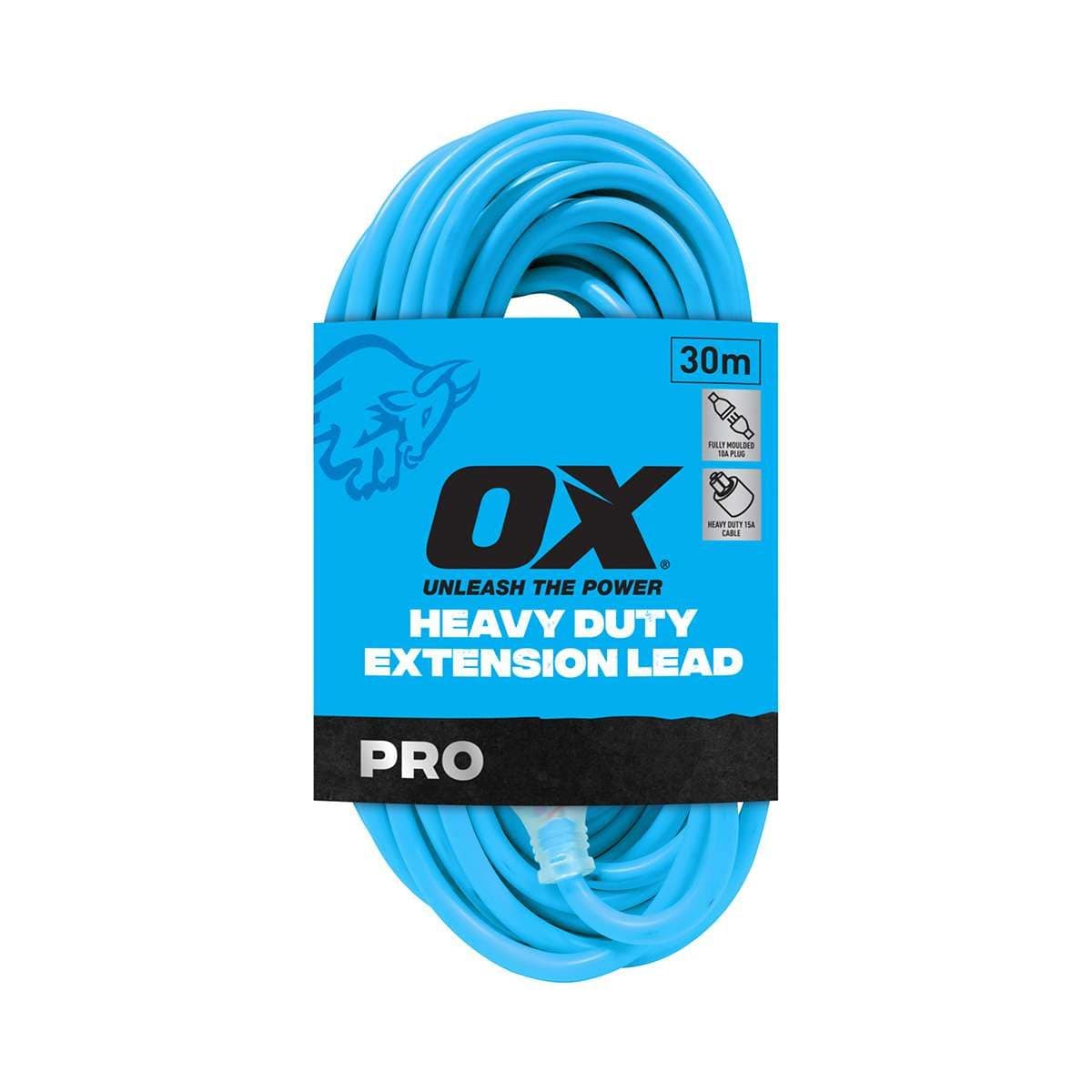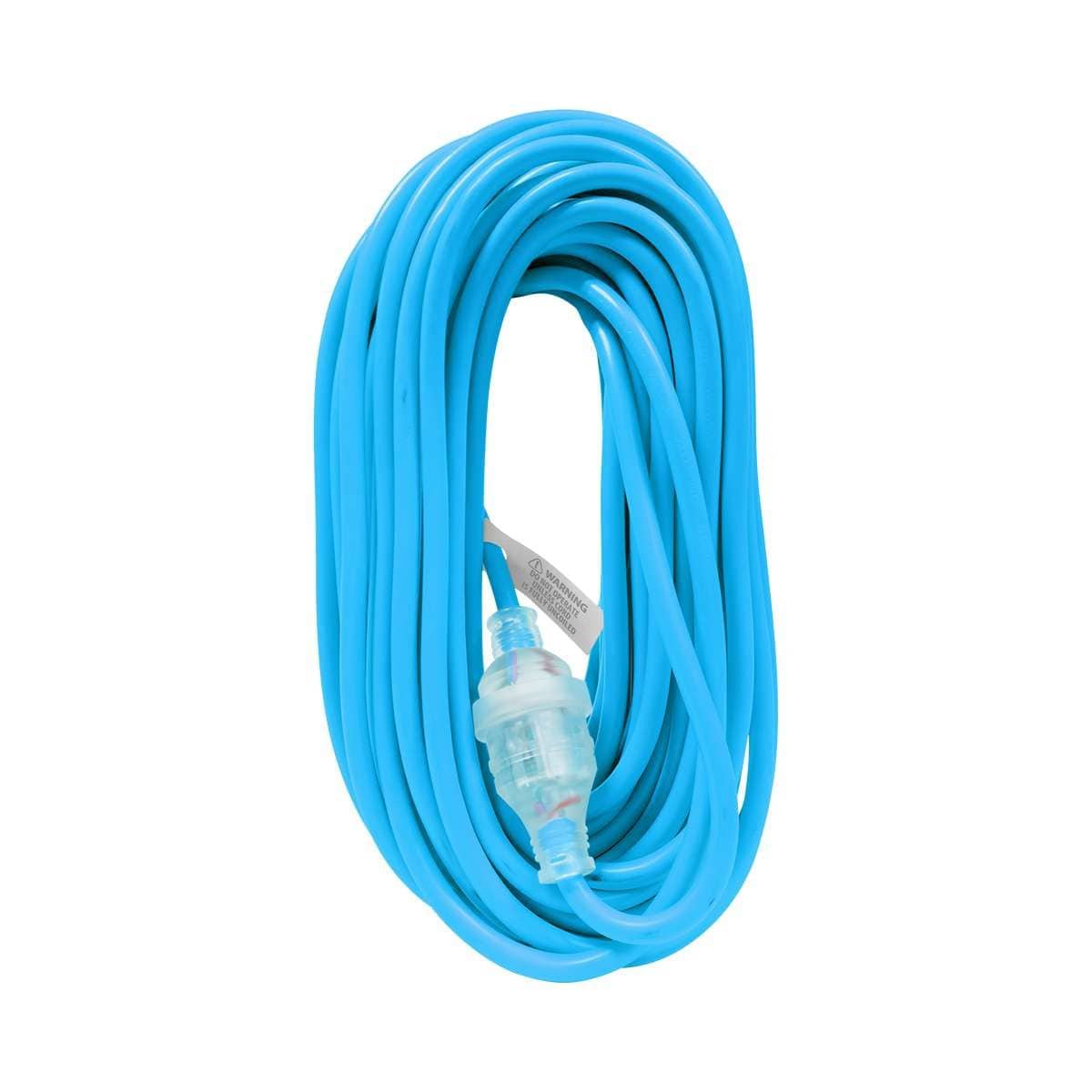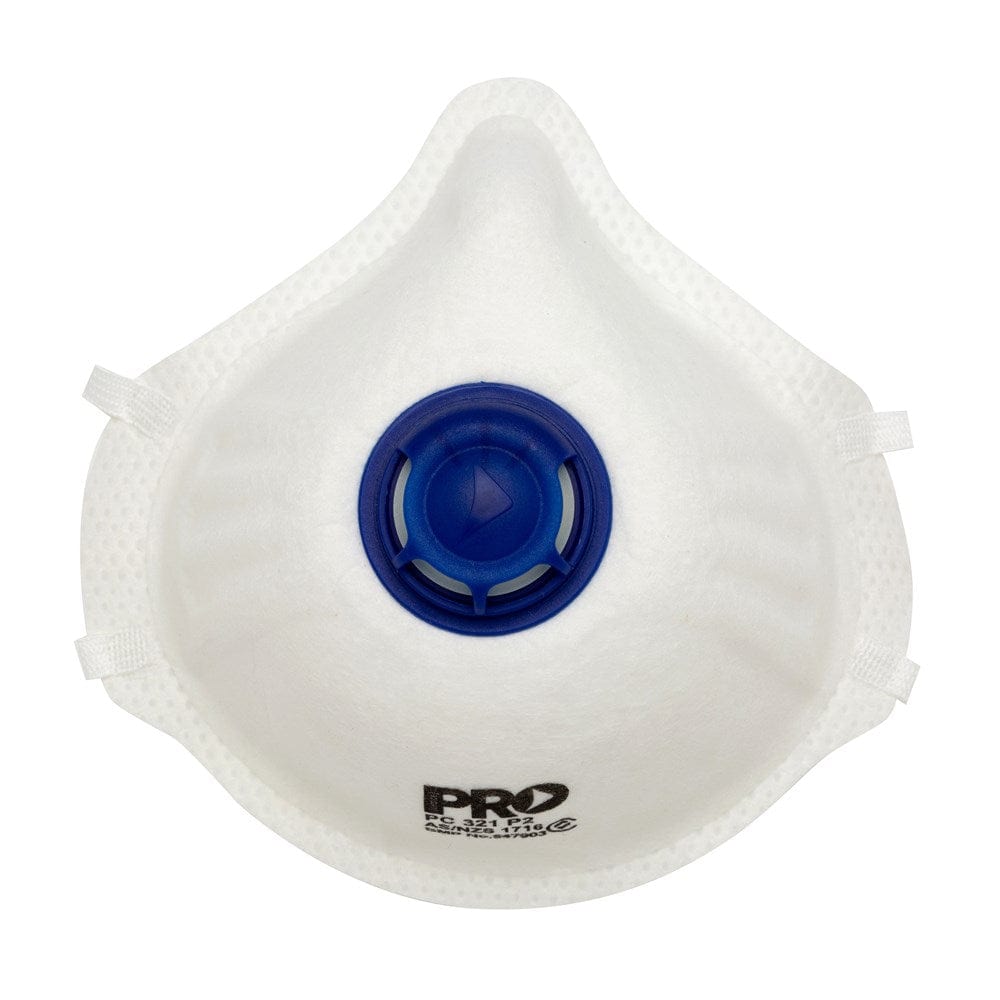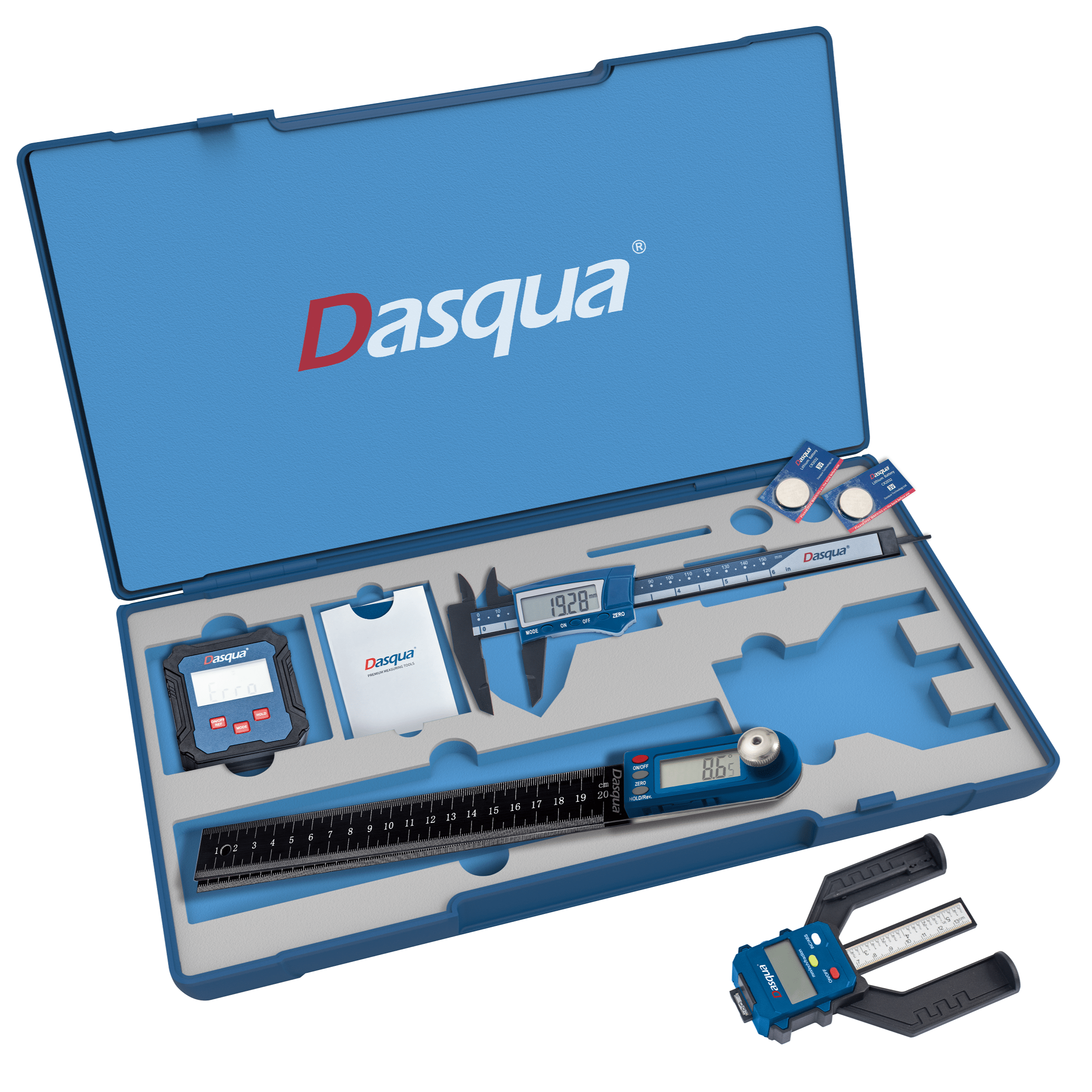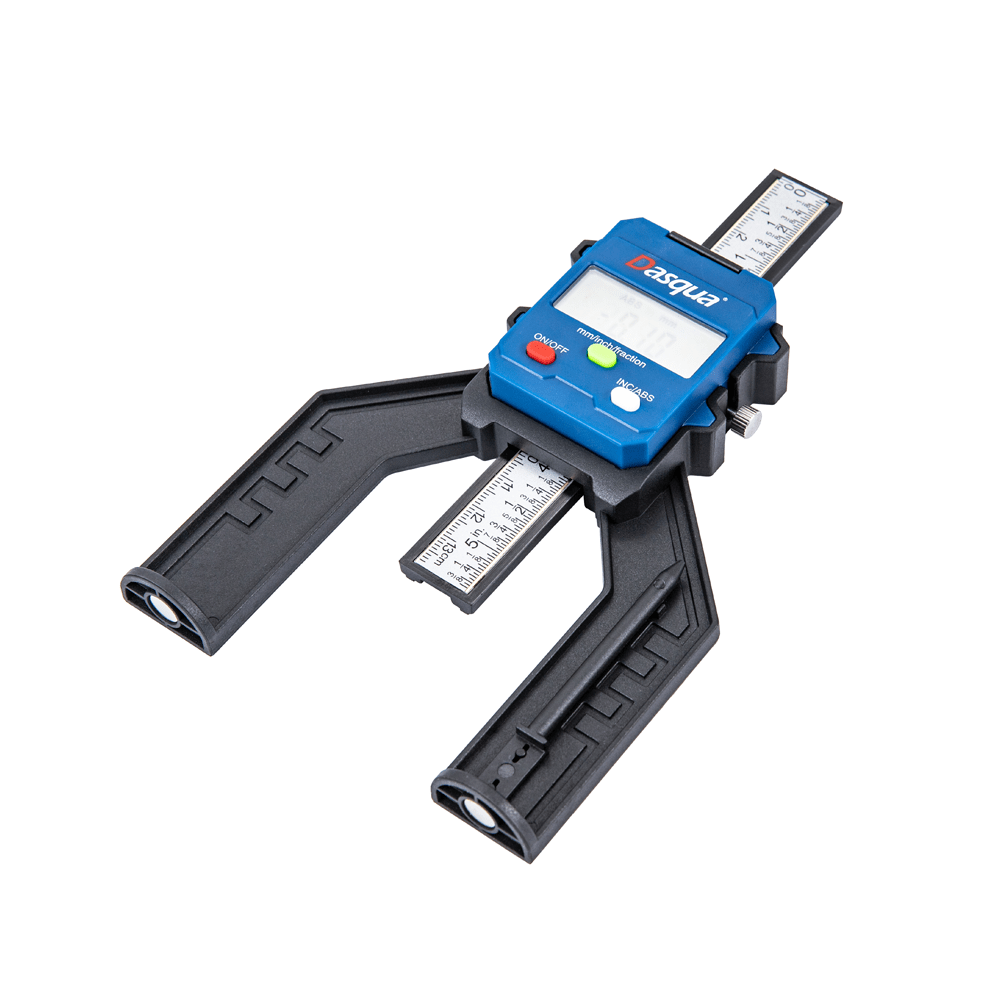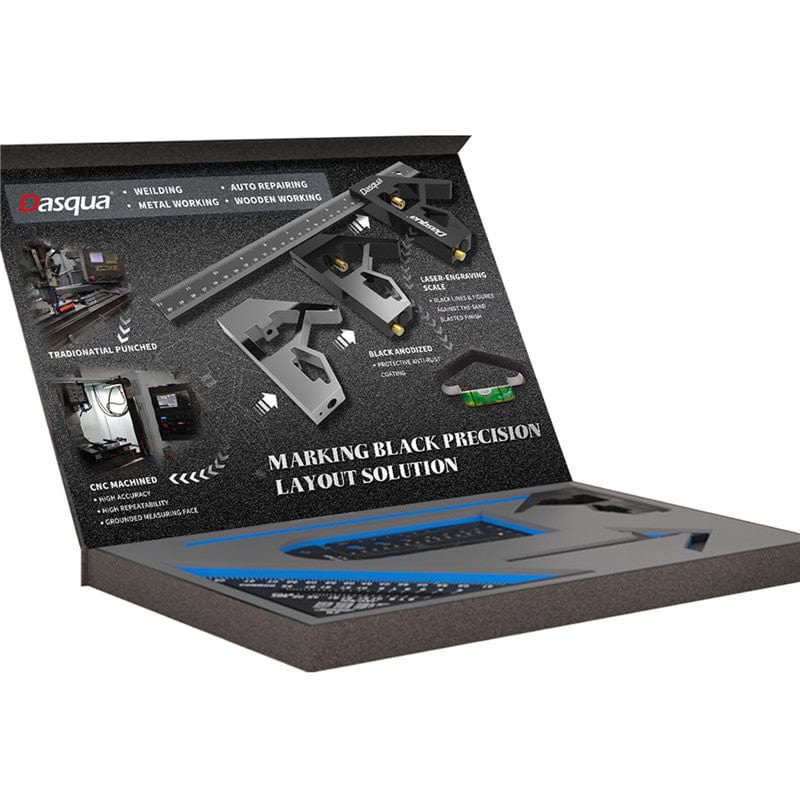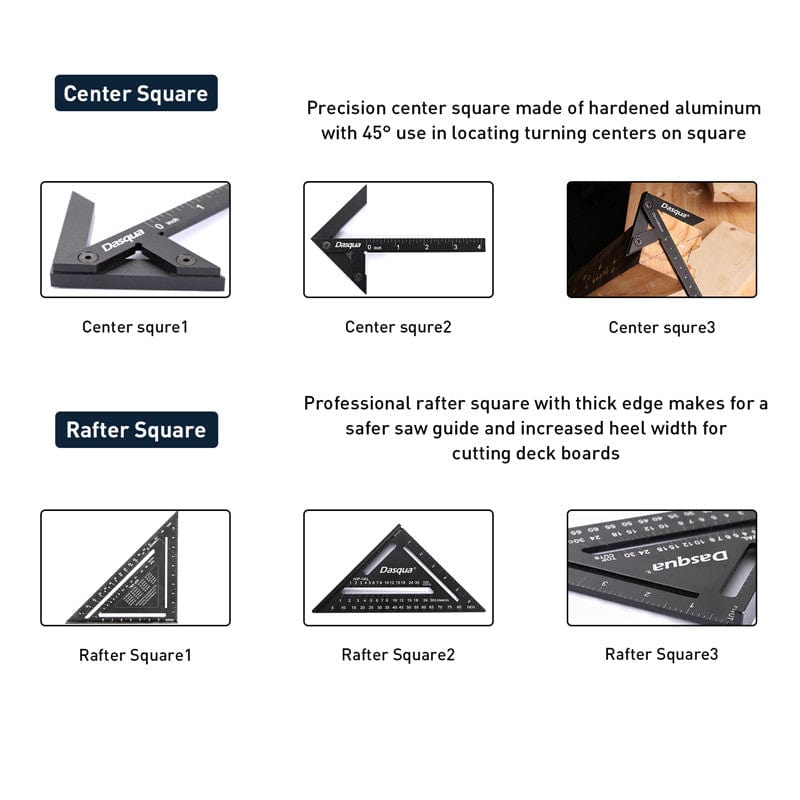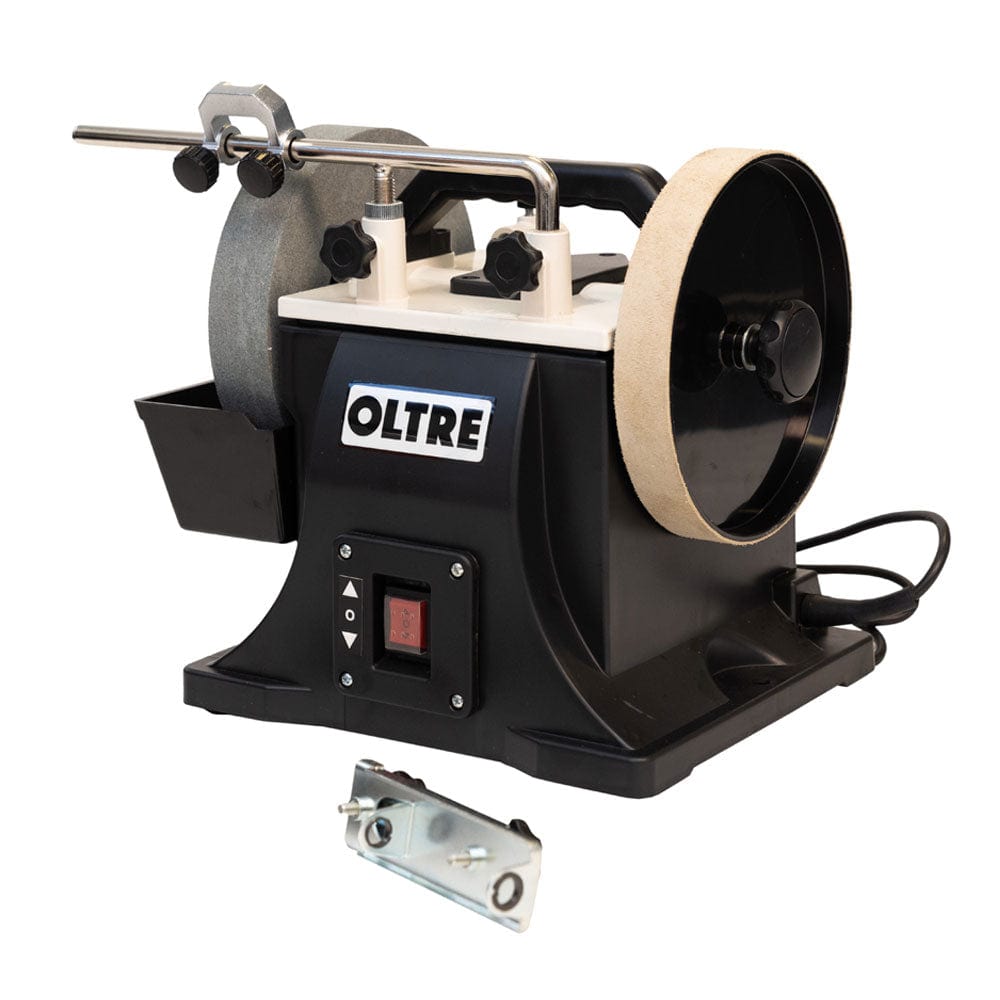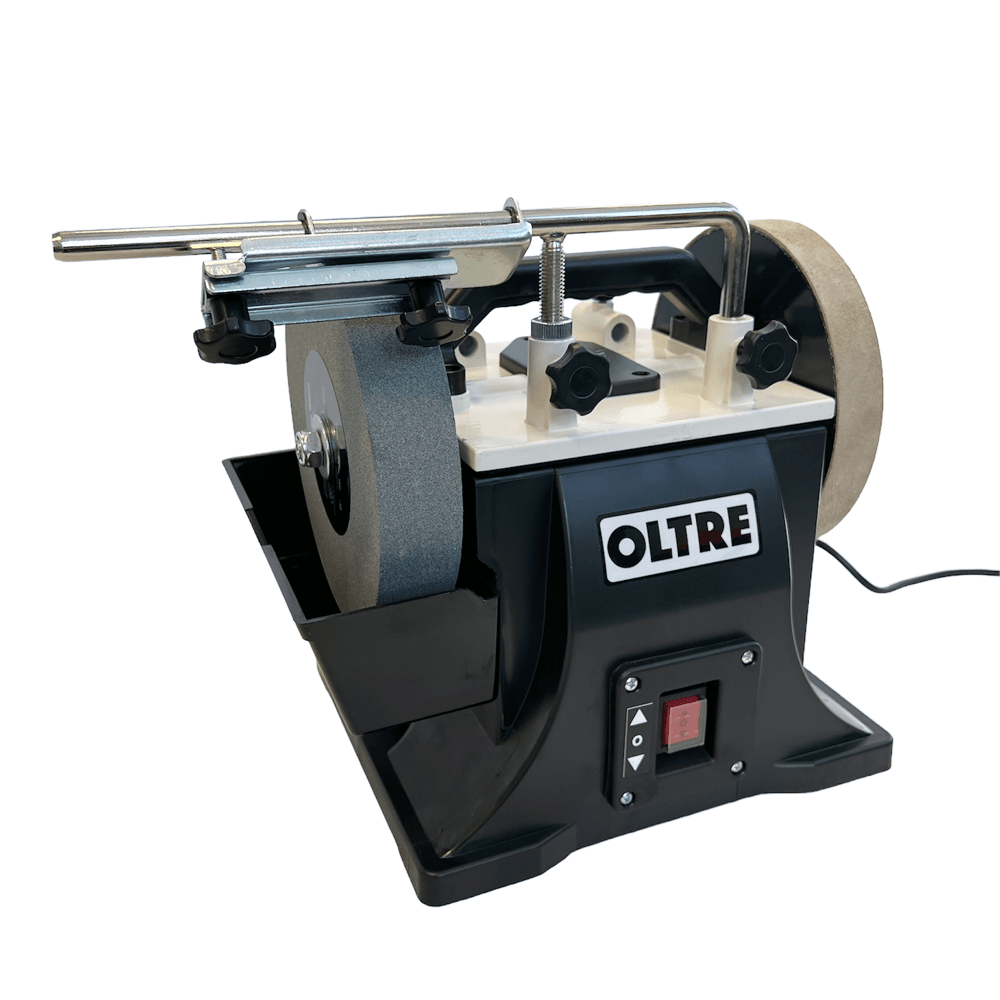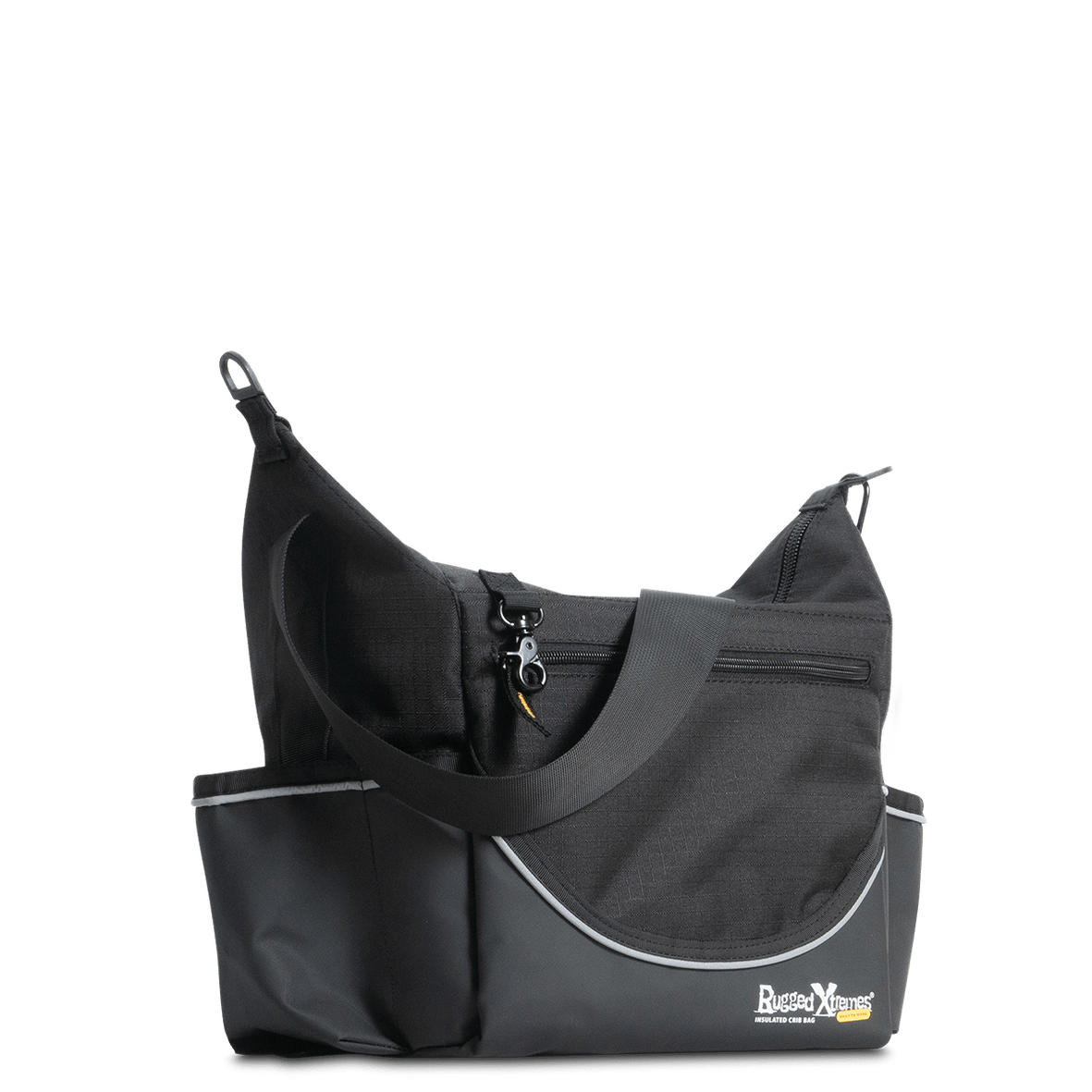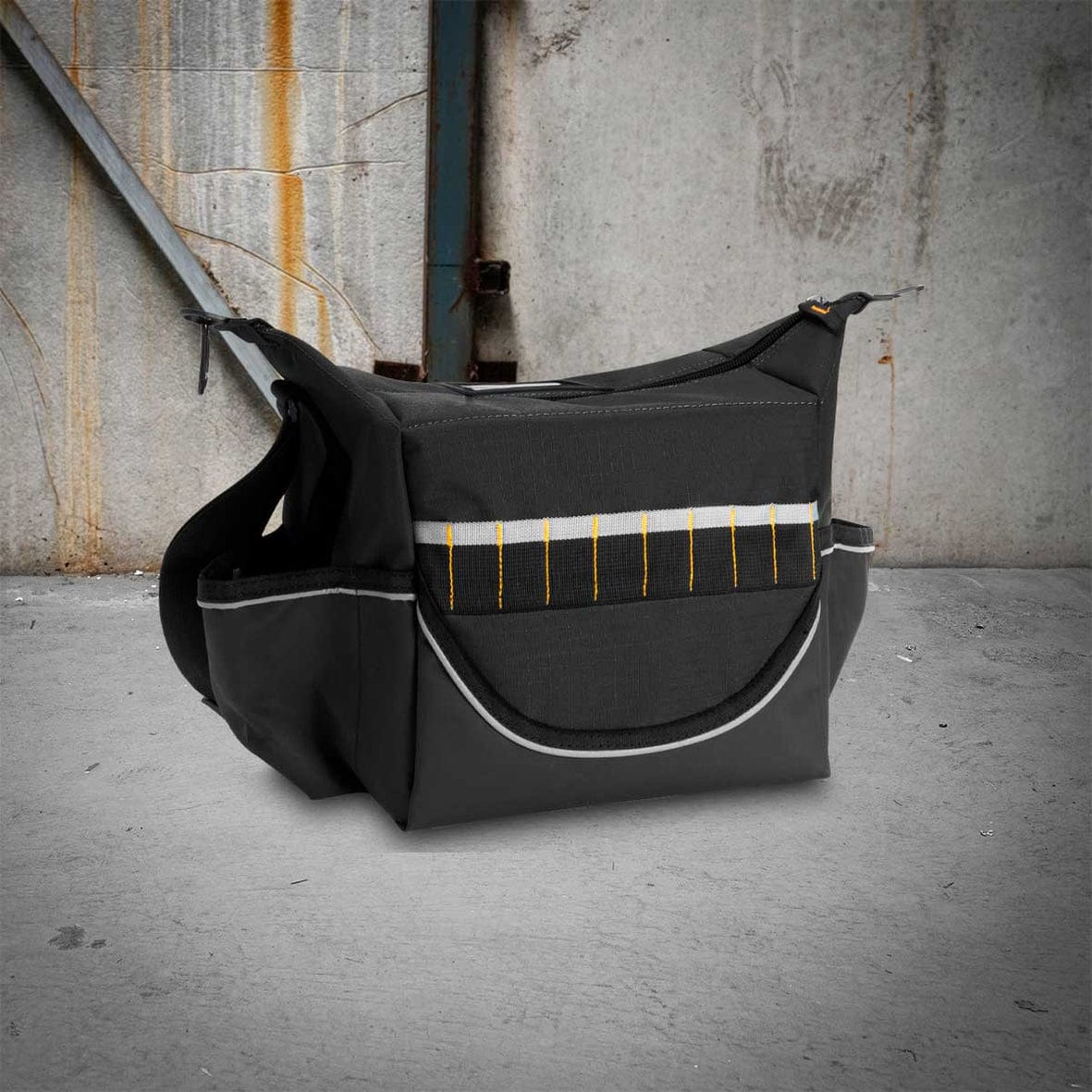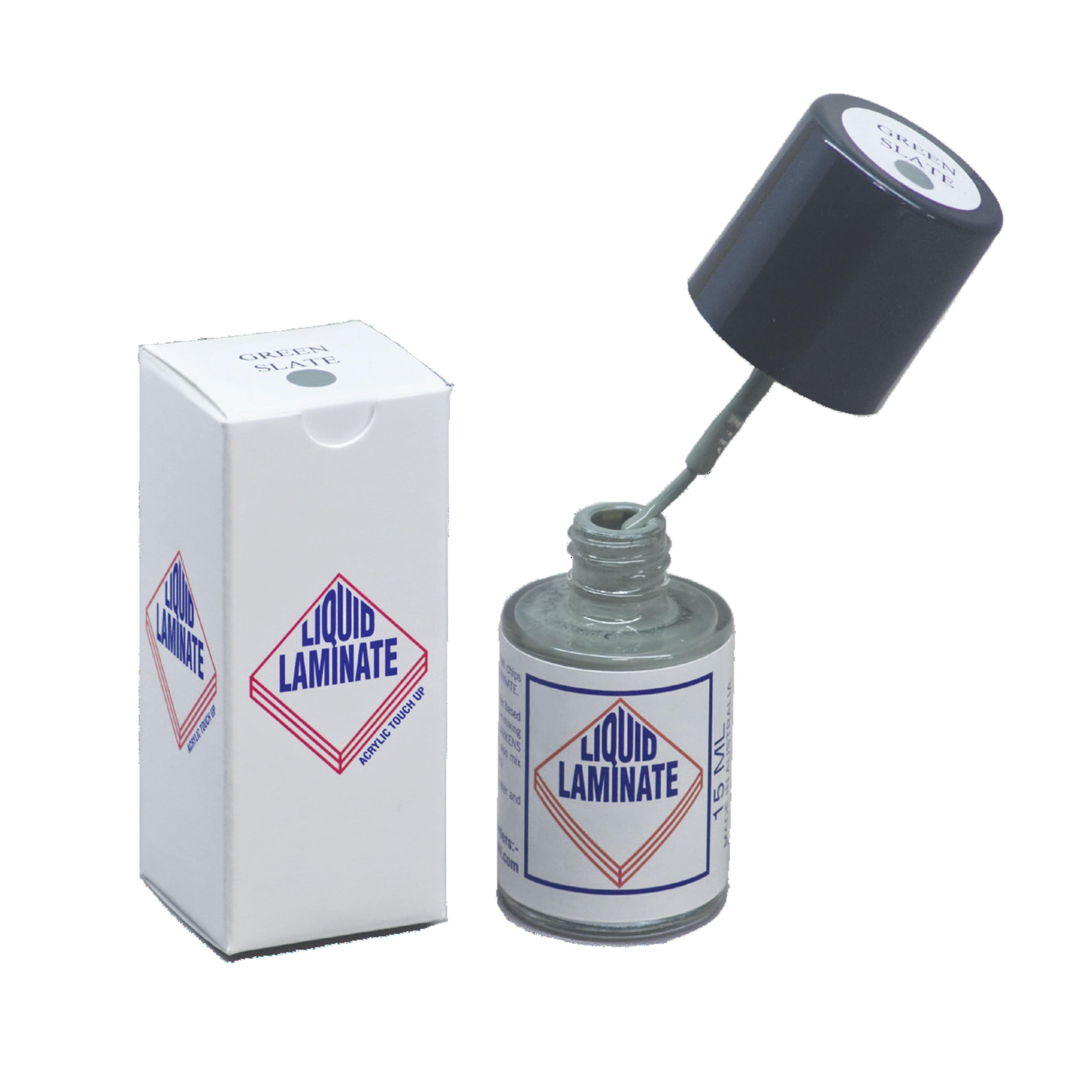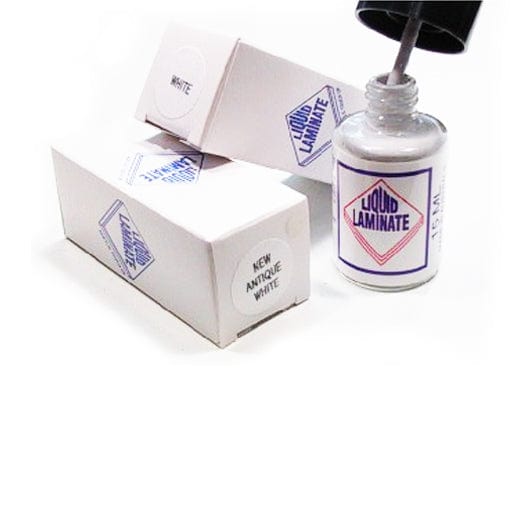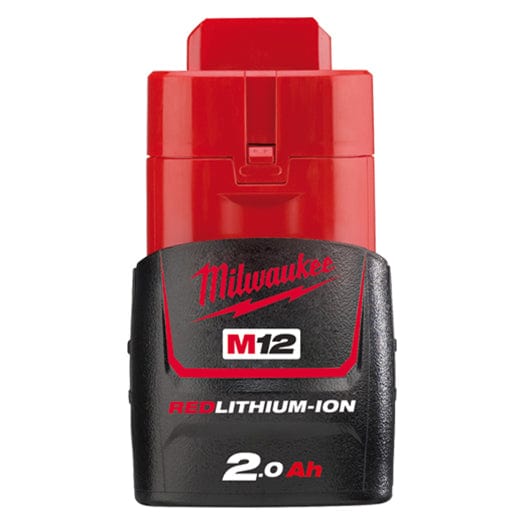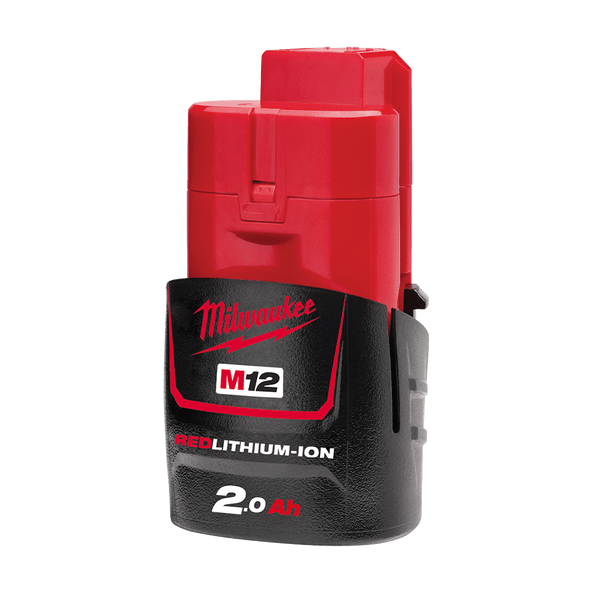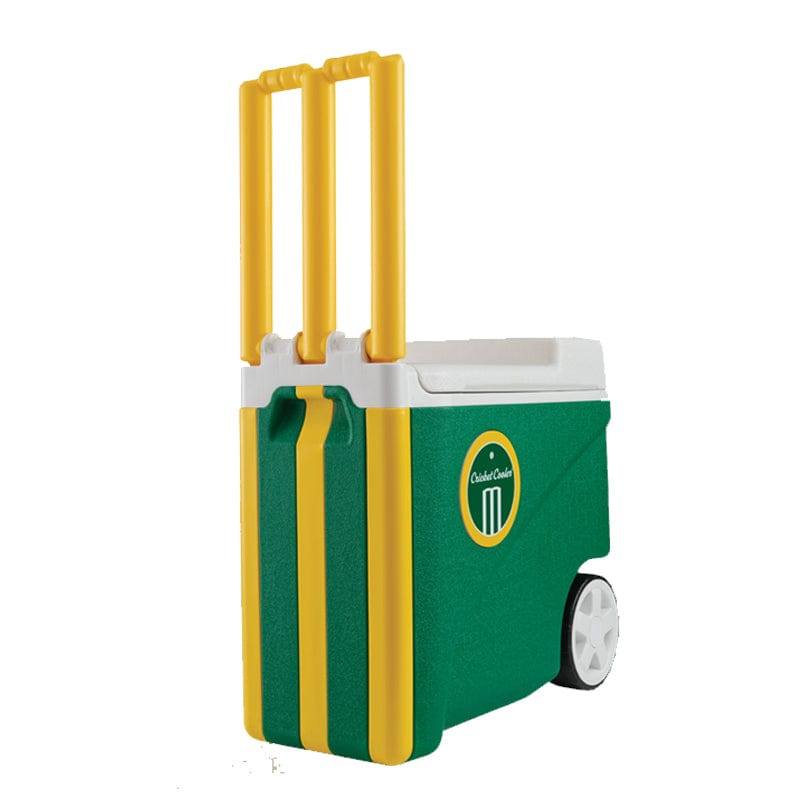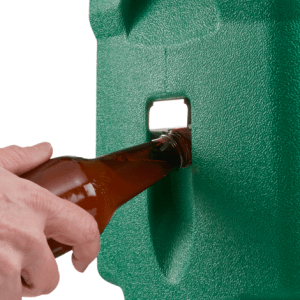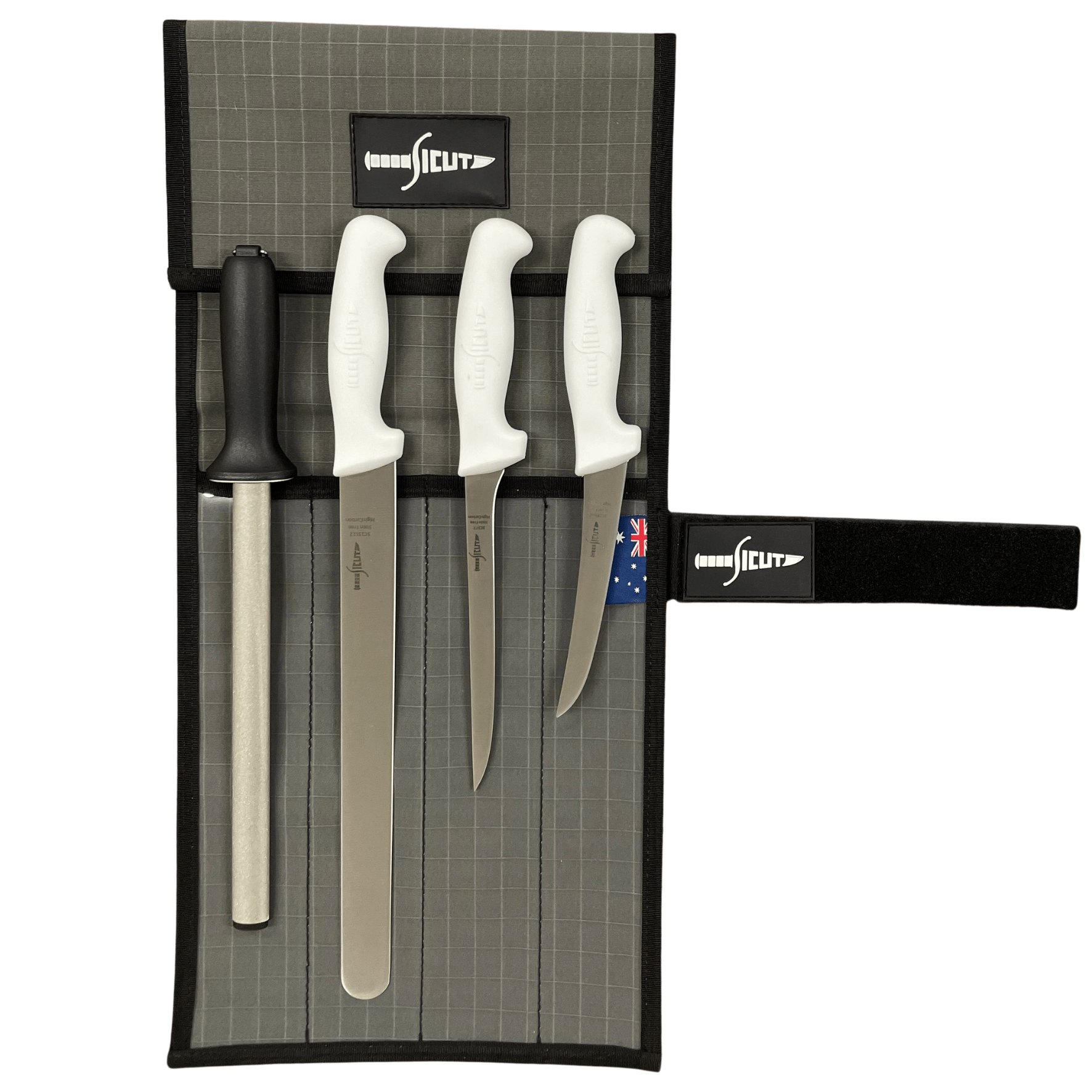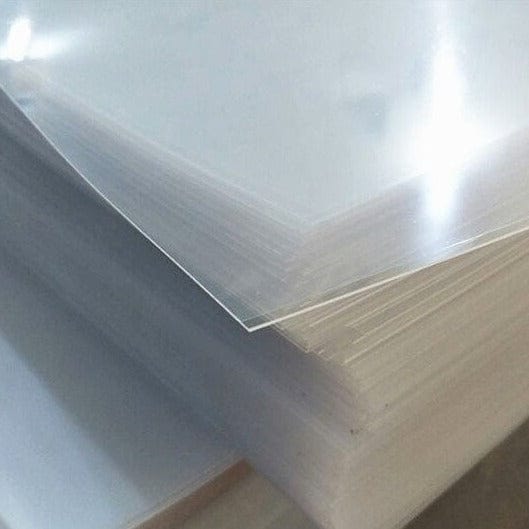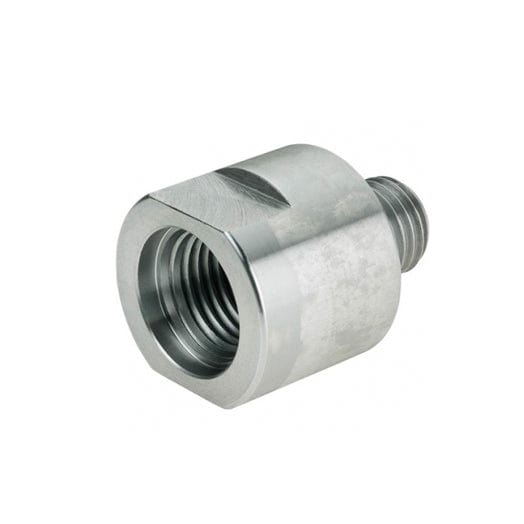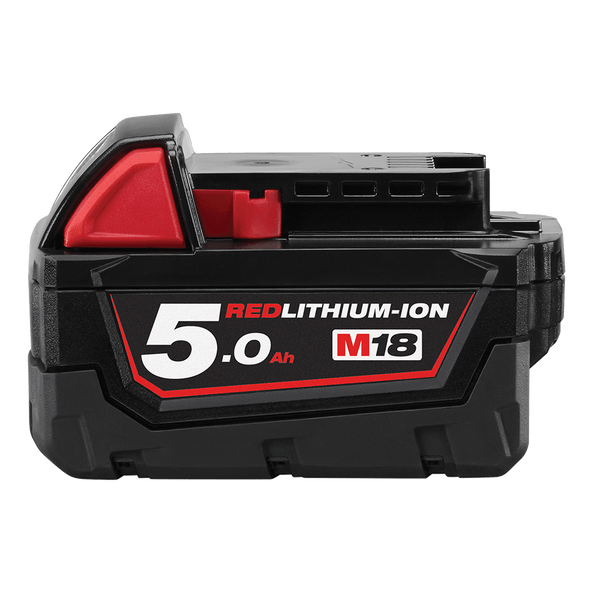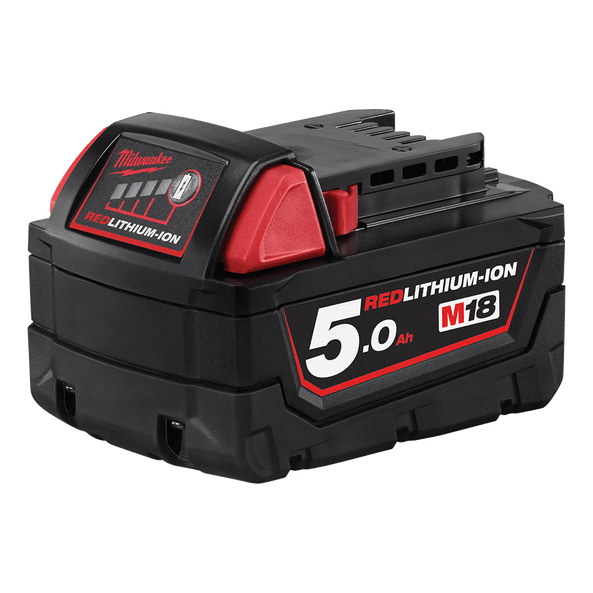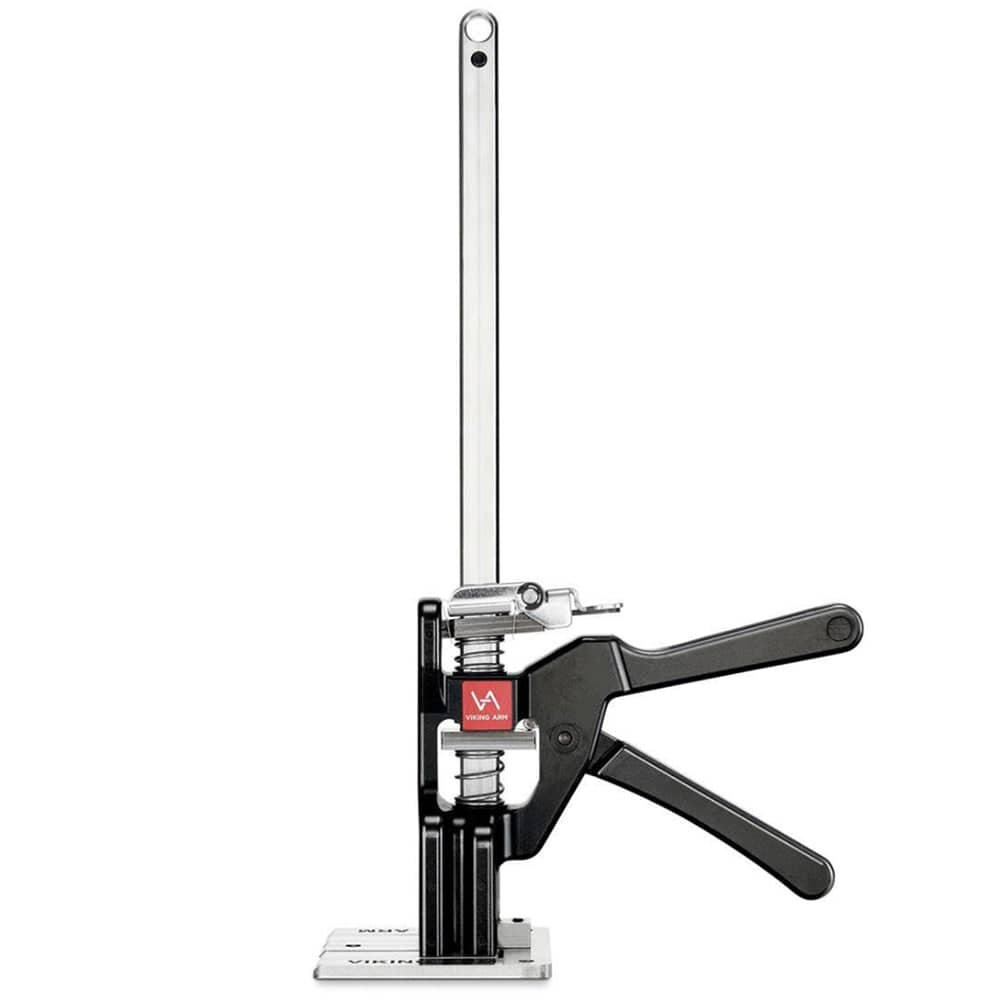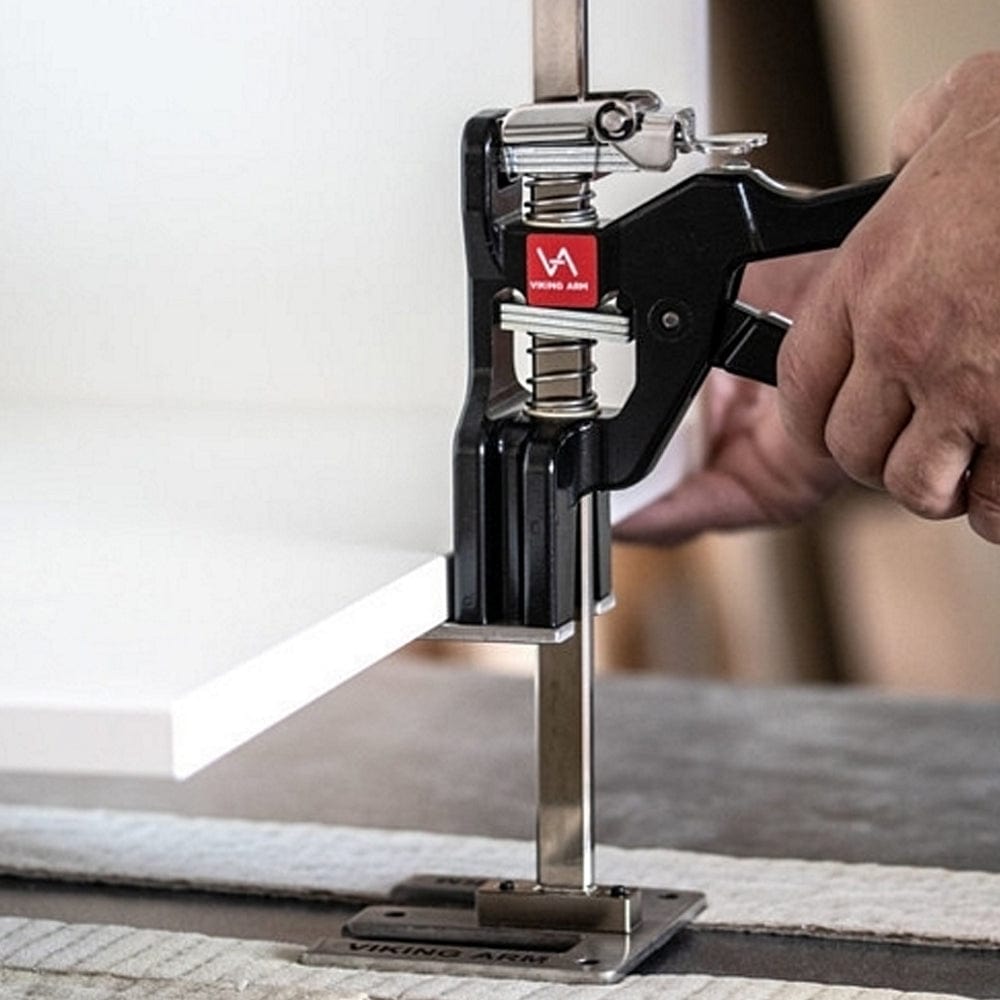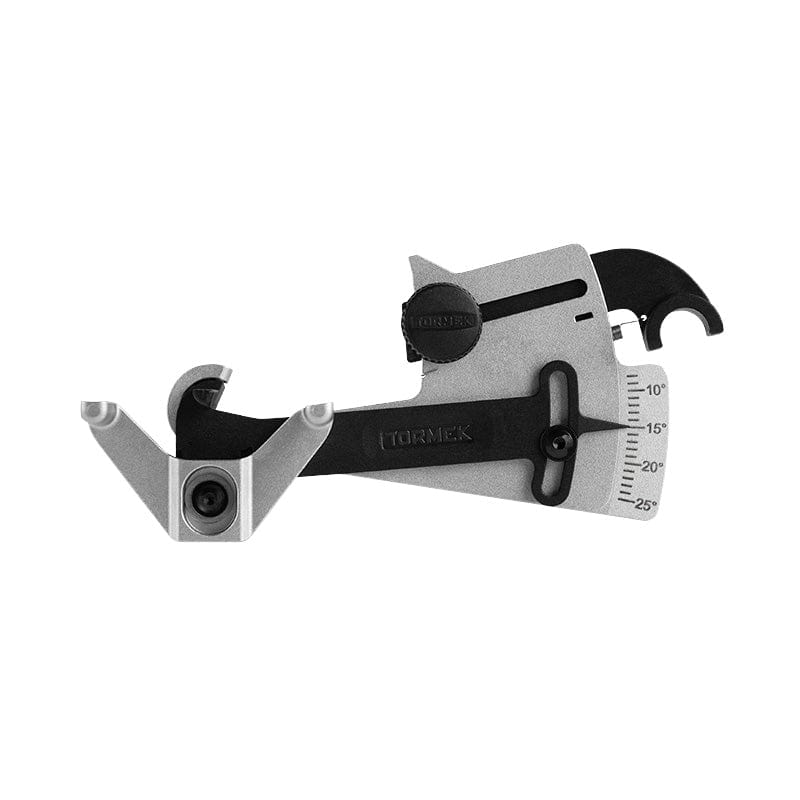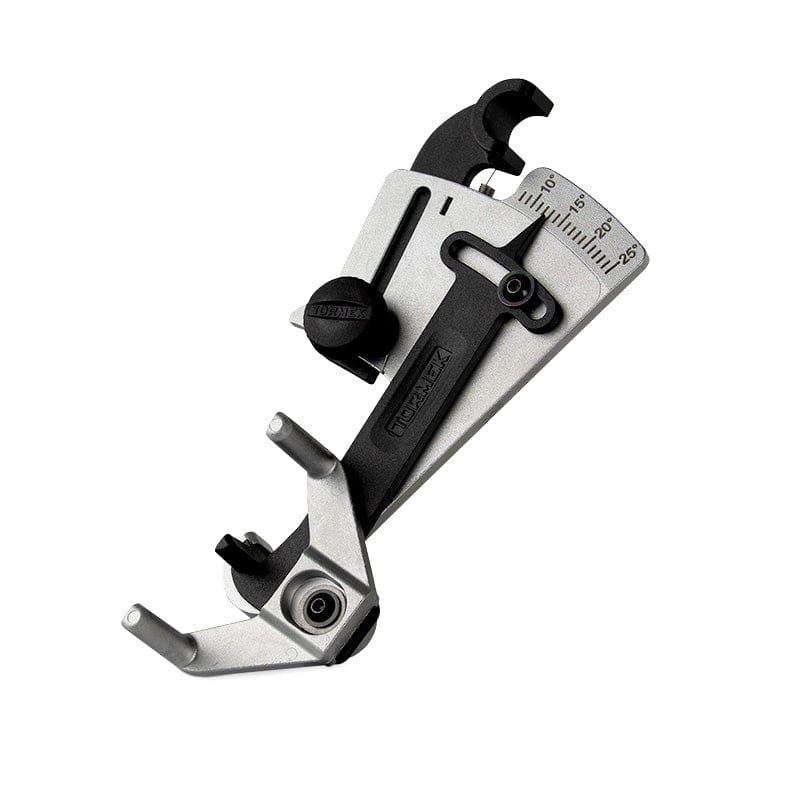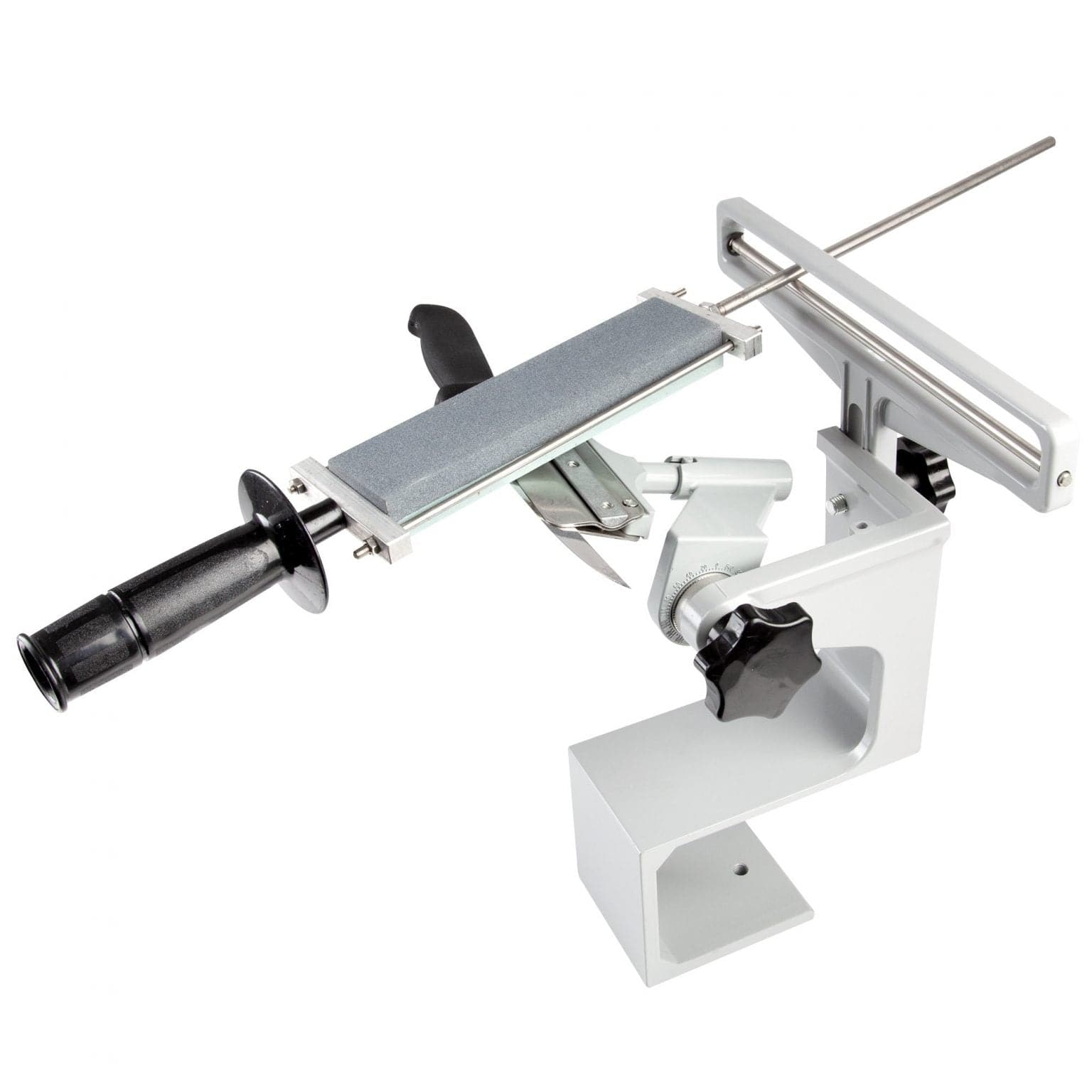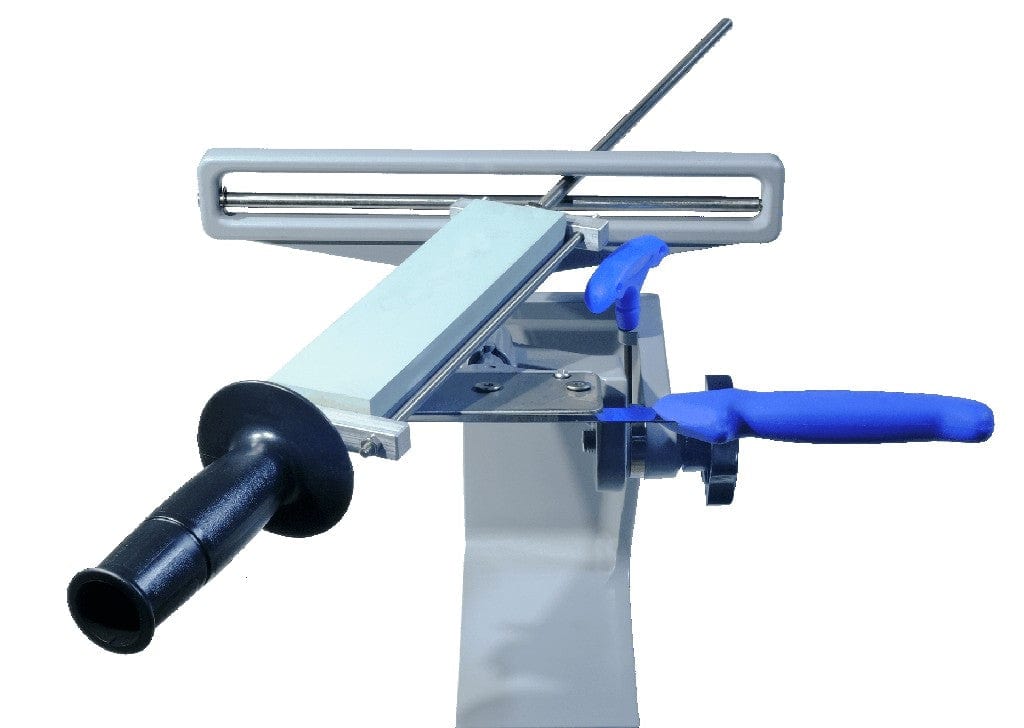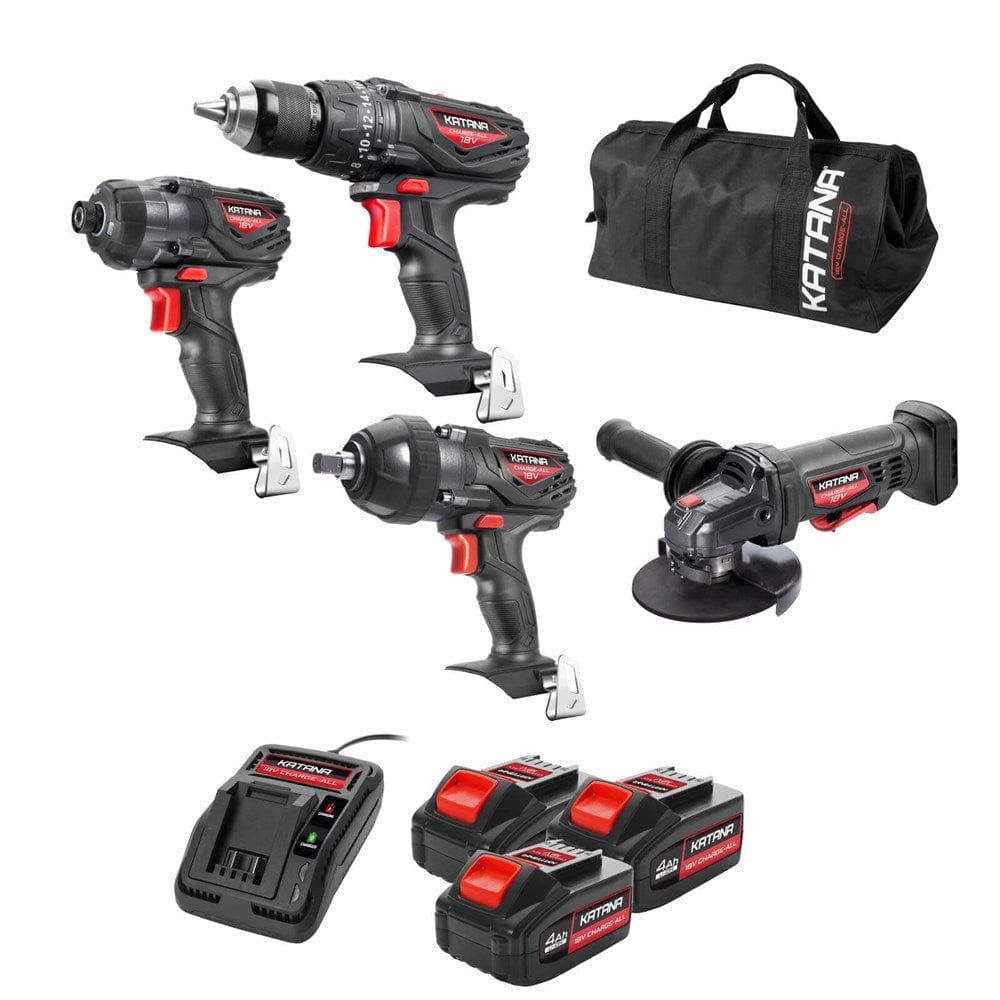Measuring a Drive Belt
Measuring a drive belt involves determining the correct dimensions of the belt in order to ensure a proper fit for your specific application. Here are the general steps to measure a drive belt:

-
Identify the type of drive belt: Drive belts come in various types such as V-belts, serpentine belts, timing belts, and flat belts. Make sure you know the type of belt you are measuring as each type may require different measuring techniques.
-
Measure the belt length: For V-belts and serpentine belts, you need to measure the outside circumference of the belt, which is commonly referred to as the belt length. Use a flexible measuring tape or a string to wrap around the belt's outer surface, following the belt's path exactly. Make sure the measuring tape or string is snug but not overly tight. Note down the measurement in inches or millimeters.
-
Measure the belt width: Measure the width of the belt across its widest point. This is important for belts that have varying widths, such as V-belts, where the width affects the pulley groove size. Note down the measurement in inches or millimeters.
-
Measure the belt thickness: Measure the thickness of the belt, which is the distance from the bottom of the belt to the top of the belt. This is important for belts that have specific clearance requirements, such as timing belts. Note down the measurement in inches or millimeters.
-
Measure the belt angle or pitch: For belts with a V-shape, such as V-belts, you may need to measure the angle or pitch of the V-shape. This is the angle formed by the sides of the V. Use a protractor or a specialized tool for measuring belt angles, if needed.
-
Check for any markings: Some belts may have markings on them that indicate their size or part number. Look for any imprinted numbers or letters on the belt and use them as a reference, if available.
-
Consult manufacturer's specifications: Finally, check the manufacturer's specifications or documentation for the belt you are measuring. The manufacturer may have specific guidelines or measurements for their belts that you should follow.
It's important to measure the belt accurately to ensure that you select the correct replacement belt for your application. If you're unsure about any step or measurement, consult the manufacturer or seek assistance from a qualified professional.






